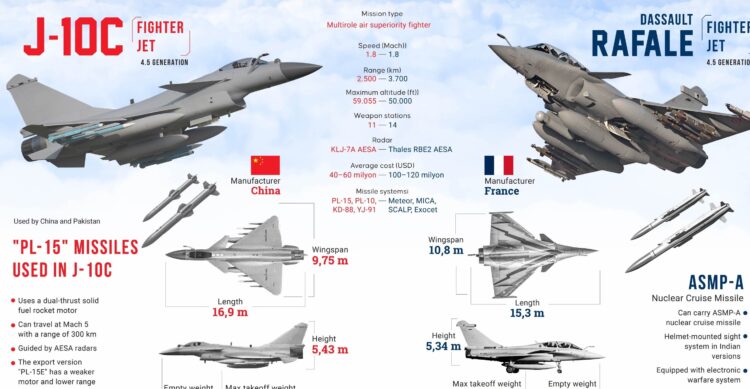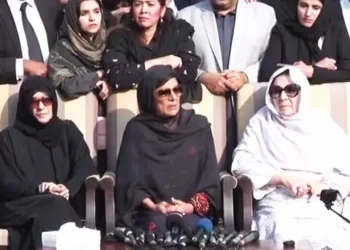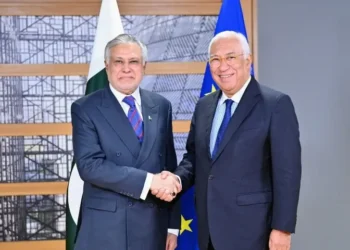Web Desk (MNN); A report submitted to the US Congress has highlighted what it describes as Pakistan’s military advantage over India during the four-day confrontation in May this year.
According to the US-China Economic and Security Review Commission, the clash not only brought Pakistan’s military performance into focus but also showcased the use of Chinese-supplied weaponry.
The report, presented on Tuesday, examines the national security implications of the US-China relationship.
Pakistan had initially stated that it had downed five Indian aircraft in air-to-air combat and later raised the figure to seven. Islamabad maintains that none of its aircraft were lost, while claiming it struck 26 Indian targets after its own airbases came under attack. US President Donald Trump, who has commented on the conflict repeatedly, recently claimed that eight aircraft were “essentially” brought down.
The commission’s annual report states that China used the May confrontation as an opportunity to test and promote its military systems. It notes that Pakistan relied heavily on Chinese weapons and, reportedly, on Chinese intelligence support.
The report cites Indian allegations that Beijing provided Pakistan with real-time information on Indian troop positions, though Pakistan denied this and China neither confirmed nor denied involvement.
The report further observes that China expanded its defence cooperation with Pakistan in 2025, intensifying Beijing’s own tensions with New Delhi.
It recalls that the two countries conducted the three-week Warrior-VIII counterterrorism exercises in late 2024 and that China’s navy participated in Pakistan’s multinational AMAN drills in February 2025, reflecting growing strategic cooperation.
While cautioning against overstating China’s role, the report says Beijing took advantage of the conflict to evaluate and advertise the capabilities of its military equipment amid its ongoing border tensions with India and ambitions for a larger defence industry footprint.
The report also highlights that China remained Pakistan’s largest defence supplier, accounting for approximately 82 percent of its arms imports between 2019 and 2023.
The May clash marked the first combat use of several Chinese systems, including the HQ-9 air defence system, PL-15 air-to-air missiles, and J-10 fighter aircraft.
The commission added that China reportedly offered Pakistan 40 J-35 fifth-generation fighters, KJ-500 aircraft, and ballistic missile defence systems in June. During the same month, Pakistan announced a 20 percent increase in its 2025–2026 defence budget, raising planned spending to nine billion dollars despite broader fiscal cuts.
The report also mentions that Chinese embassies promoted the performance of their systems following the conflict, allegedly to boost arms sales.
It cites French intelligence claims that China launched a disinformation campaign to undermine sales of French Rafale aircraft in favour of its own J-35 fighters, including the circulation of fabricated online content such as AI-generated images of aircraft debris.
The Pakistan-India confrontation was triggered by an attack on tourists in occupied Kashmir, which India blamed on Pakistan without providing evidence.
Pakistan vehemently denied involvement and called for a neutral investigation. India then launched air strikes in Punjab and Azad Kashmir on May 7, leading to a series of retaliatory attacks on airbases by both sides. A ceasefire was eventually achieved on May 10 following US intervention.




















